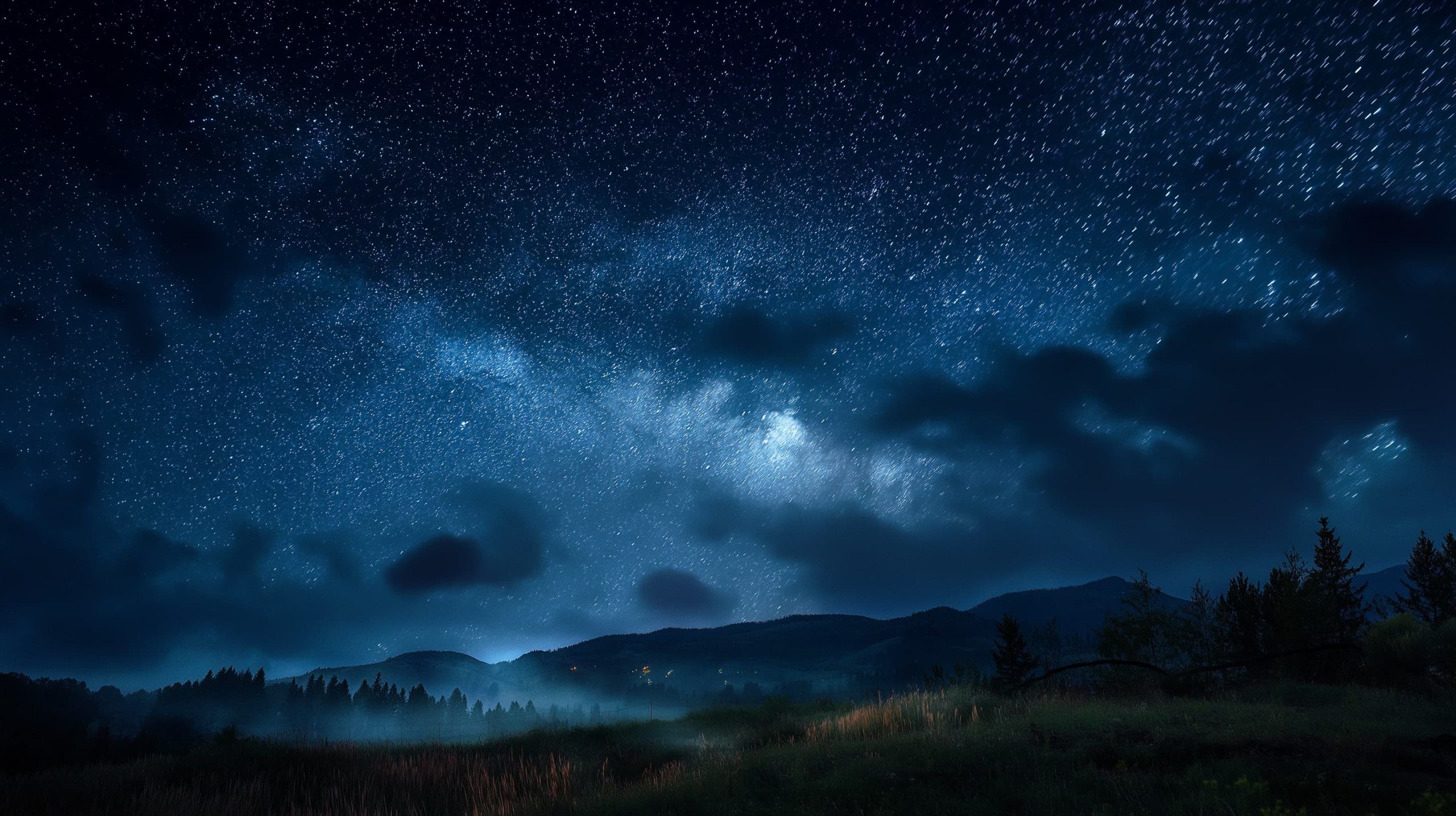
Skywatch Alert: Auroras, “Smiling” Conjunction & Satellite Trains Dazzle on Sept 18–19, 2025
Key Facts Auroras on the Move: Geomagnetic Storms and Equinox Glows Skywatchers in mid-latitudes, keep your eyes north! This week brings an elevated aurora borealis potential, thanks to both increased solar activity and a seasonal phenomenon. The Sun is near

